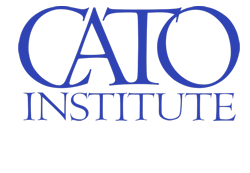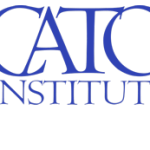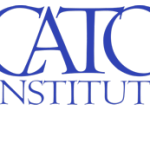Jeffrey A. Singer
Jeffrey A. Singer
A new report from the Department of Health and Human Services Office of Inspector General (OIG) found only 19 percent of the 1.2 million Medicare enrollees who have opioid use disorder (OUD) have been accessing medications for opioid use disorder (MOUD).
Addiction medical specialists classify three medications as MOUD: methadone, buprenorphine, and naltrexone (Vivitrol). Methadone and buprenorphine are opioid agonists—they bind to and stimulate opioid receptors in the central nervous system. Naltrexone is an opioid antagonist. Like the overdose antidote naloxone, naltrexone binds to opioid receptors but does not stimulate them. Instead, it displaces opioids that are already on the receptors and remains bound to them for an extended period.
Comparative effectiveness research indicates that methadone and buprenorphine are the only treatment modalities not linked to opioid-related morbidity, such as relapse and overdose. In contrast, naltrexone, along with both inpatient and outpatient rehabilitation without MOUD, is associated with this morbidity. Naltrexone’s ineffectiveness is understandable: it represents a medically enforced abstinence-only treatment. While abstinence-only treatment approaches are popular with courts that mandate drug possessors to enter rehab, clinical evidence indicates that such programs are largely ineffective and associated with opioid-related morbidity.
According to the OIG report, among the 1.2 million Medicare enrollees with OUD, 13 percent are receiving buprenorphine treatment, almost exclusively in office settings. Six percent of enrollees are receiving methadone solely through government-licensed opioid treatment programs (OTPs), commonly referred to as “methadone clinics.”
In December 2022, Congress removed some of the barriers the government imposes on clinicians seeking to prescribe buprenorphine in the office setting to individuals with OUD. The new law took effect in 2023. The OIG report found the number of providers prescribing buprenorphine to Medicare Part D enrollees increased by 32 percent that year. Still, only 13 percent of Medicare enrollees with OUD receive the drug. » Read More
https://www.cato.org/blog/still-out-reach-why-effective-opioid-treatment-isnt-getting-patients






